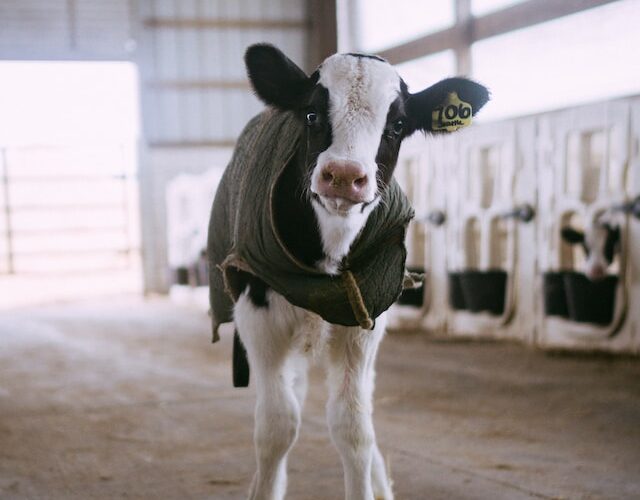Optimizing Livestock Operations: Innovative Farm Structures For Efficient And Sustainable Livestock Management
For centuries, livestock farming has served as a vital source of income, providing sustenance and prosperity to countless individuals. The ever-growing demand for meat and dairy products has ensured its enduring significance. However, to achieve efficiency, proper livestock management is crucial. Central to this is the design and organization of the farm structure. With continuous technological advancements, these farm structures have undergone a transformative shift towards innovation, allowing farmers to optimize resources, enhance animal welfare, and ultimately meet the demands of an ever-evolving agricultural landscape.
1. Grazing Systems and Pasture Management
Well-planned grazing systems offer numerous benefits, notably promoting sustainable land management and livestock health. By strategically rotating grazing areas, it prevents overgrazing, allowing pastures to recover and maintain optimal forage quality. This practice reduces soil erosion, enhances biodiversity, and conserves natural resources. Livestock, in turn, benefit from varied diets and cleaner pastures, improving their overall health and productivity. Ultimately, this approach exemplifies the harmonious coexistence of agriculture and the environment, ensuring a prosperous future for both farmers and the ecosystem.
2. Feed and Storage Facilities
Silos, grain bins, and hay barns are exemplary solutions that enable safe and optimal storage and handling of livestock feed. These structures protect feed from spoilage, pests, and weather, ensuring its quality and nutritional value. Additionally, they facilitate organized feed distribution, minimizing wastage and promoting cost-effectiveness. By efficiently managing feed resources, farmers can optimize animal nutrition, health, and productivity, reducing the environmental impact and promoting sustainability.
3. Animal Handling and Facilities
Employing ergonomic designs in these facilities is paramount to minimize stress for both animals and handlers. Well-designed handling systems and chutes ensure smooth and safe animal movement, reducing the risk of injuries and stress-related issues. Calmer and less stressed animals result in improved health, better growth rates, and higher-quality products. Moreover, reduced stress for handlers enhances their efficiency and well-being. By prioritizing animal welfare through ergonomic designs, farmers can achieve higher productivity, lower costs, and a more sustainable approach to livestock management, benefiting all involved parties and the environment.
4. Future Innovations
Emerging trends and advancements in technology are reshaping the landscape of agricultural practices. Drones and sensors aid in monitoring animal health and behavior, optimizing resource allocation, and reducing waste. Smart feeding systems offer precise and personalized nutrition, boosting livestock performance. Vertical farming and hydroponics enable year-round feed production, enhancing self-sufficiency and resilience. Additionally, eco-friendly barn designs with improved ventilation and waste management ensure a healthier environment for both animals and workers. Embracing these cutting-edge solutions will not only drive productivity and profitability but also lead us towards a more sustainable and ethical future in livestock management.
Livestock farming continues to be a vital industry in the present day, and the potential for further efficiency and sustainability through innovative farm structures is evident. By adopting the proper strategic approaches, industry players can optimize productivity while minimizing environmental impact. However, it is essential to acknowledge that these strategies require careful planning, implementation, and adaptation to ensure successful outcomes. With patience, dedication, and a forward-looking approach, the livestock industry can thrive, providing a reliable source of income, nourishment, and ecological harmony for generations to come.
